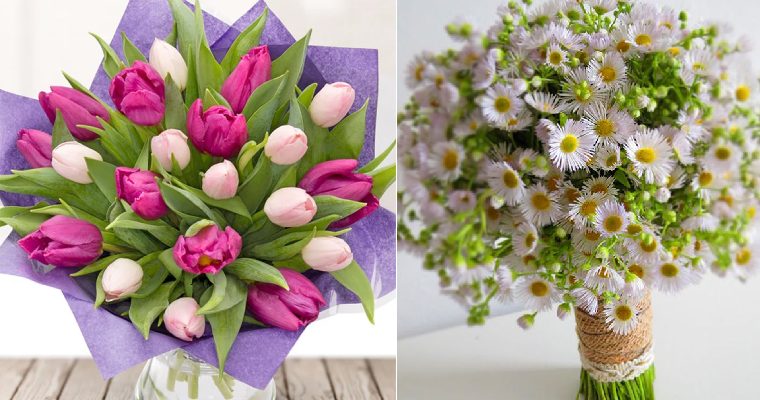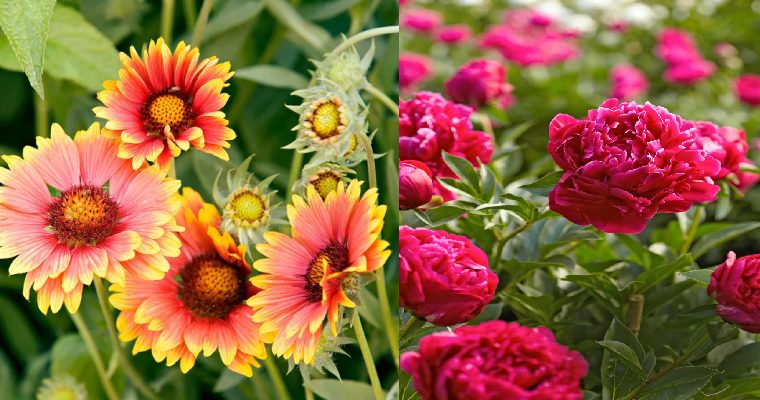You may be surprised to learn that some of the most common flowers in your garden can make you and your pets sick. These flowers are beautiful and some may be poisonous.
Here’s a list of the most common ones you might find in your garden!
Poisonous Flowers Names
There are many poison flowers in gardens, and it’s important to know which ones they are. The following list includes 30 different types of plants that should be avoided by gardeners because some may even cause death if ingested!
Daffodil
Oleander
Larkspur
Foxglove
Hyacinth
Lily of the Valley
Hydrangeas
Tulips
Poinsettia
Desert Rose
Rhododendrons
Azaleas
Bird of Paradise flowers
Gloriosa Lilies (aka Glory lily, Rosary Pea or Crab’s Eye )
Amaryllis
Bluebells
Iris (Iridaceae family also includes poisonous Bulbs and Corms.)
Easter lily
Peace lily
Hemlock
Wisteria
Coneflowers
Snowdrops
Cyclamen
Chrysanthemum
Calla Lilly/Zantedeschia aethiopica/Arum italicum Family Araceae
Milkweed
Belladona
Castor oil plant
Bleeding heart
You can often find these toxic flowers growing wild in your garden. They’re particularly common around the Mediterranean but you might also come across them if you live somewhere else like forests or fields!
Many of these blooms have a beautiful appearance which may make it difficult to tell that they’re harmful!
What Types of Flowers are Poisonous?
Dangers in the garden are lurking, so be careful when walking through with your kids. There are a number of dangerous plants that can be found and it’s important to know which ones they are!
This list includes 30 types of the most common poisonous plants you should be aware of.
1. Daffodil

When you ingest daffodil bulbs, a poisonous reaction can lead to vomiting and abdominal pain. The beautiful yellow flowers are dangerous for humans as well as cats or dogs who eat them orally or through contact with their skin.
The beautiful spring flowers are filled with toxins that can cause a stomachache, headache and even nausea when consumed.
2. Oleander
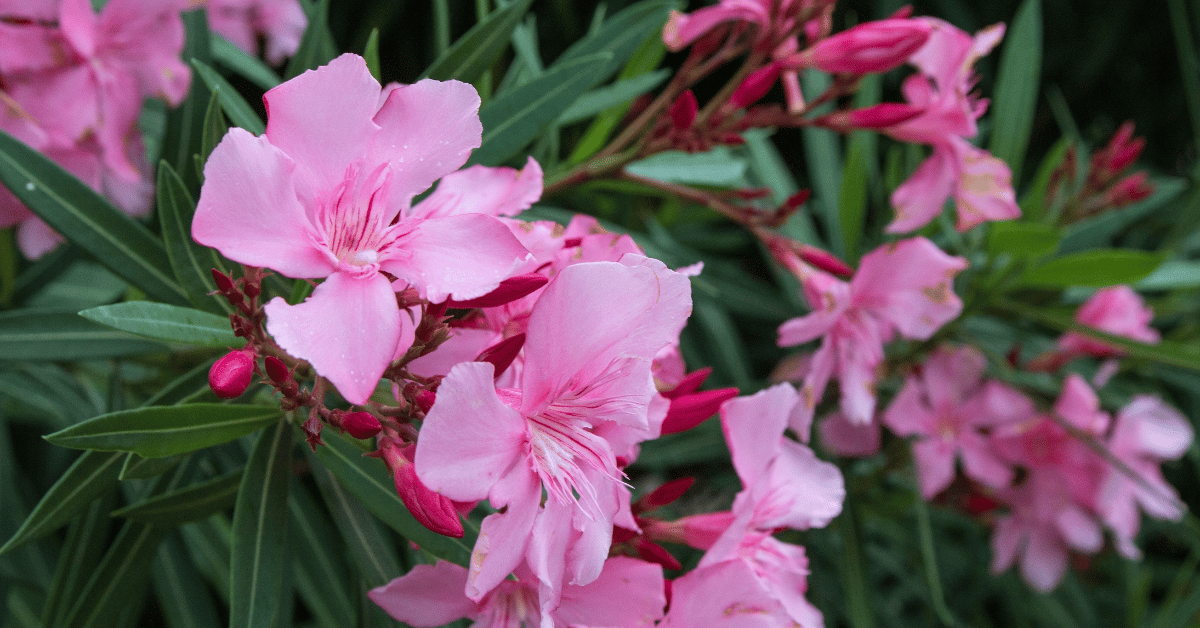
The oleander is a beautiful, toxic flower that contains the highest level of poison. The toxins affect electrical impulses within animals and people to cause all sorts of health issues like dizziness or convulsions when ingested by either species.
Oleander flower is known to cause thousands of accidental poisonings all year round.
White oleander is a toxic plant that can prove fatal to both humans and animals. It contains the cardiac glycoside “nerioside,” which enters the bloodstream when it’s ingested or comes into contact with skin.
This causes an increase in blood pressure for some people who consume them! People should be careful about touching these plants because of their toxicity, which also means you don’t want your pet ingesting any parts either.
3. Larkspur

Larkspur is toxic to both humans and animals. If ingested, the plant can cause vomiting or inflammation of mouth/tongue with shortness of breath due to throat swelling as a result from severe irritation.
Larkspur chemicals can be lethal to humans and animals when ingested and might cause heart failure.. The flowers of the lark, which produces these toxins as nectar or pollen on its petals is what makes this plant so dangerous: it’s not just ingestion but contact with skin or inhalation that causes problems!
4. Foxglove
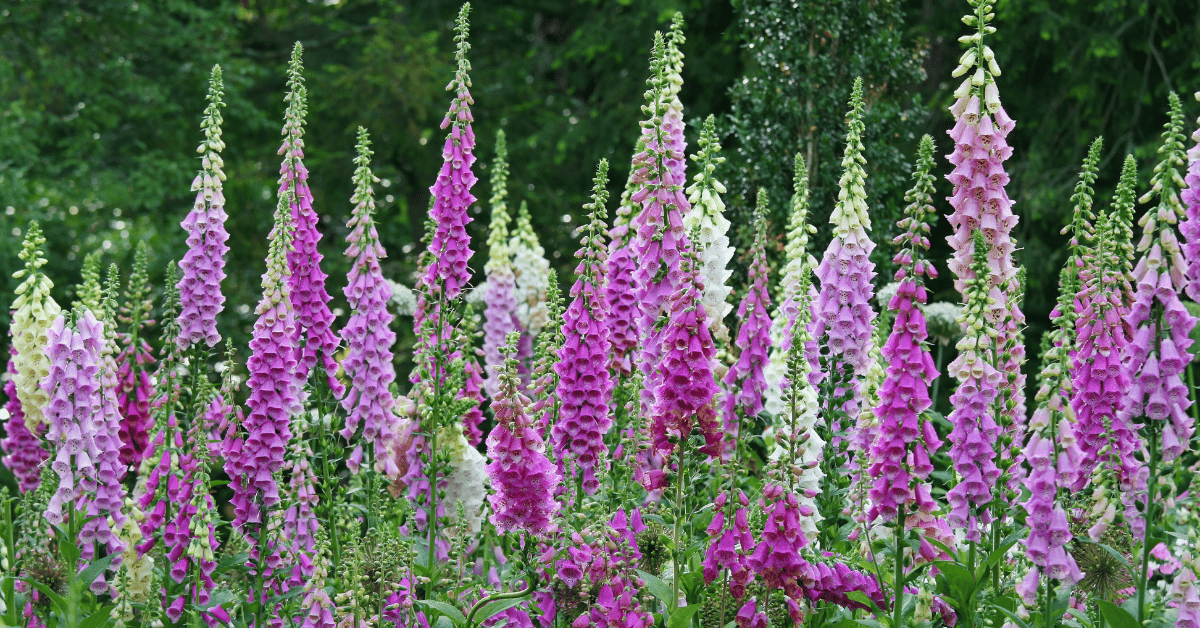
Foxglove is a flower that can be toxic to humans and other small mammals. Digitoxin from the fox flower may cause nausea or difficulty swallowing when ingested, so if you have livestock on your property they should also be removed immediately because it might kill them if ingested!
Foxgloves can cause heart problems, so it’s important to be aware of the plants you put near your home.
5. Hyacinth
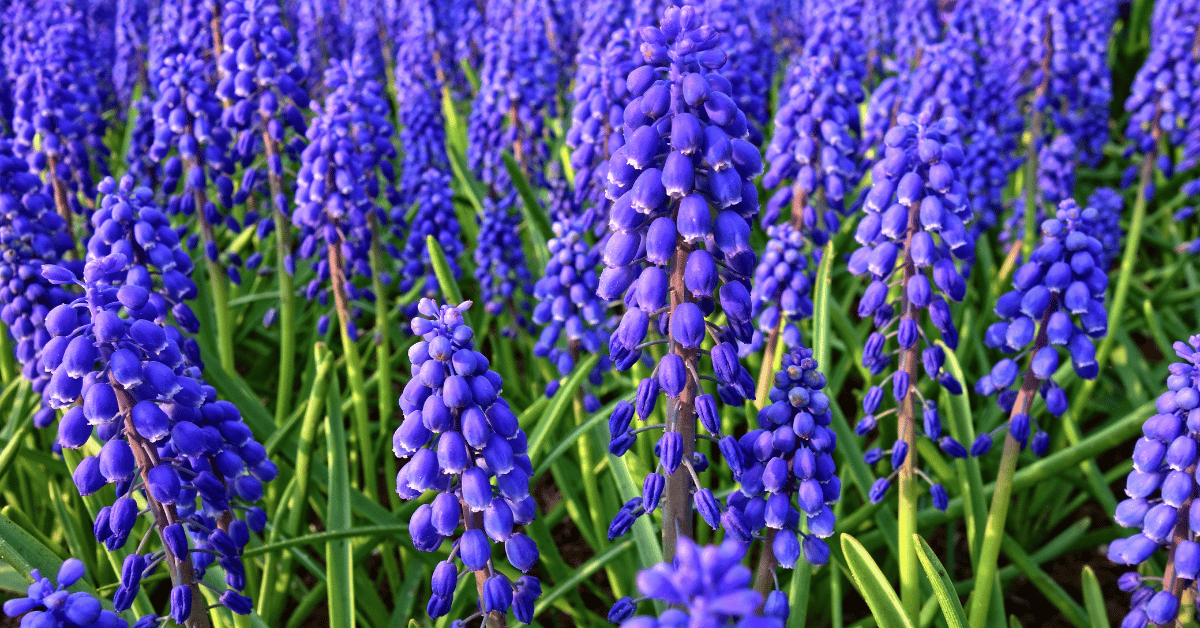
The bulbs of hyacinth flowers are not only poisonous to both animals and humans, but they also look exactly like an onion or shallot.
When ingested the harmful substance can cause vomiting and diarrhea – which is another good reason why this flower should be avoided at all costs! Although not as severe, it can still cause vomiting and diarrhea.
6. Lily of the Valley
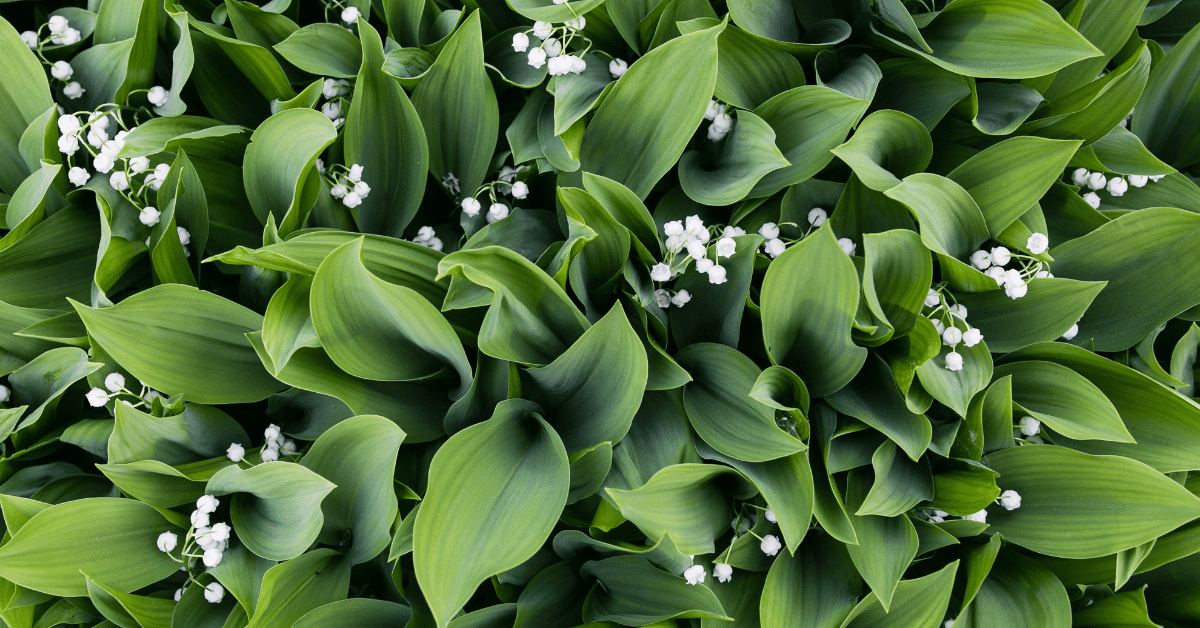
The lily of the valley is a popular flower for gardens, because it commonly grows into large clusters near springs or creeks with moist soil conditions.
It creates poisonous crystals inside its leaves and stems! This type plant can be dangerous if ingested by humans as symptoms include nausea headaches – even heart problems are possible outcomes from eating this plant in some cases.
7. Hydrangeas
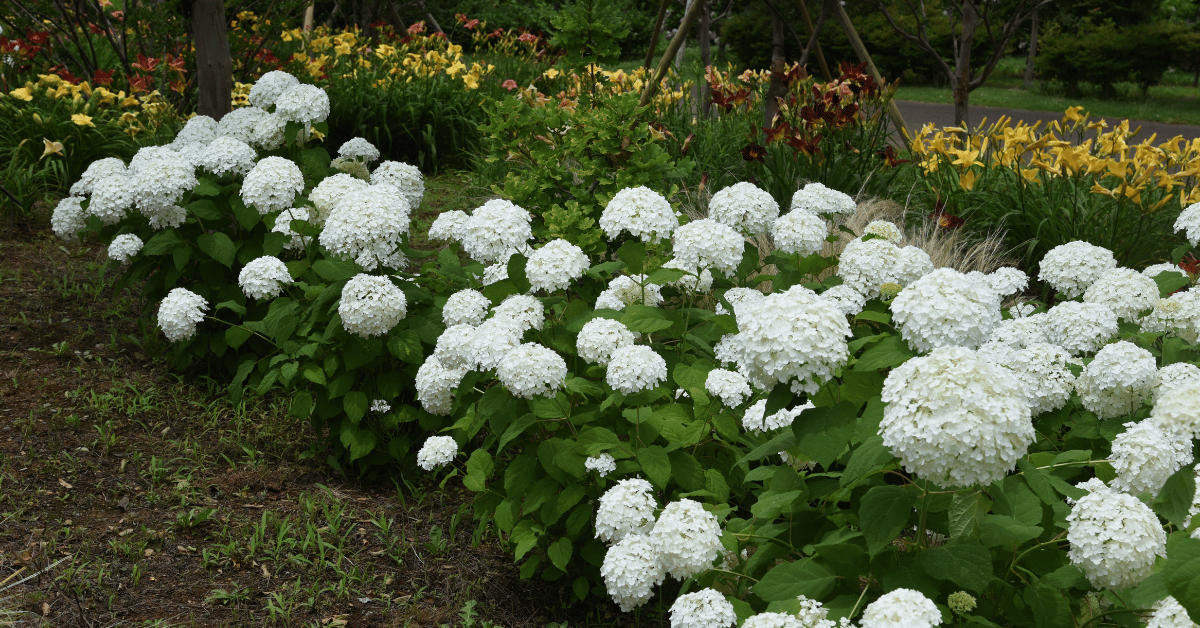
One of the most popular flowers in almost every garden, right? While the hydrangea is not as toxic as some other plants, it can still cause a lot of discomfort and vomiting if ingested.
The saponin in these flowers causes diarrhea which could land you very sick quickly enough!
8. Tulips

Did you know that tulips can be toxic? They contain a number of alkaloids and their bulbs could make some people sick if they consume large amounts.
If you consume them, your symptoms could include vomiting, diarrhea and even convulsions!
9. Poinsettia
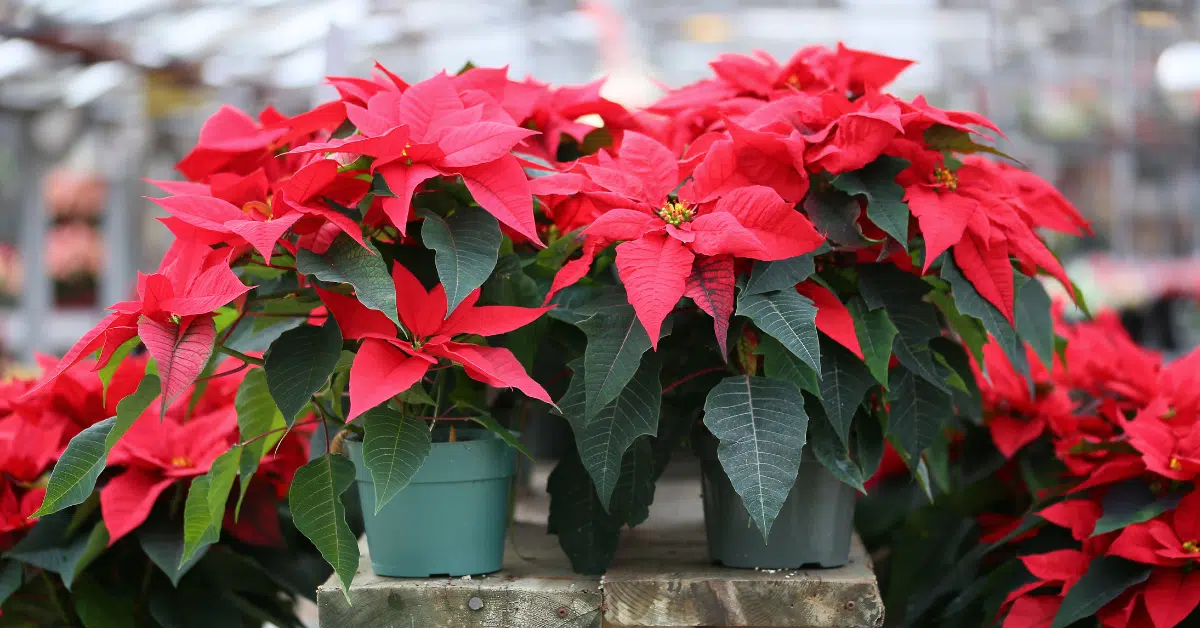
Poinsettia is a well-known flower that is toxic to both humans and pets, but it’s even more deadly for our furry friends.
Be aware that Poinsettias are toxic to both humans and pets. Symptoms of poisoning include vomiting, diarrhea, breathing difficulties coma or even death!
If you want to grow poinsettias throughout the year, make sure they are high up or in a place where pets can’t reach.
10. Desert Rose

The desert rose is known by many names, but it’s most often called the poisonous variety of gypsum. The leaves contain toxins which can cause vomiting and diarrhea if consumed by humans.
11. Rhododendrons
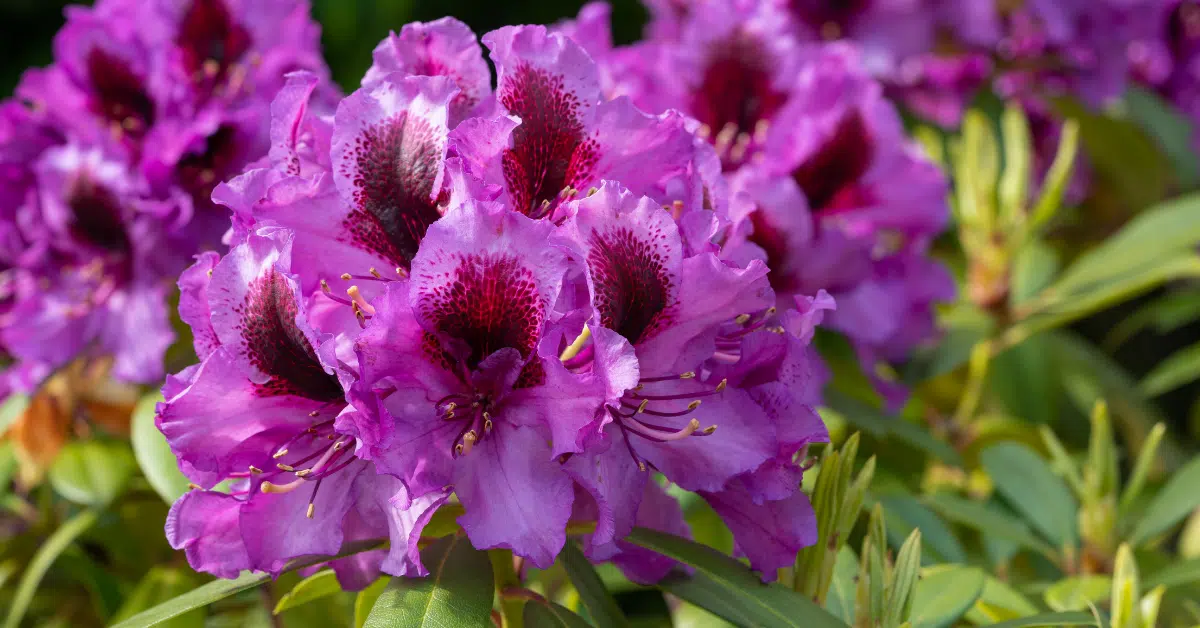
Rhododendrons are harmful both physically as well emotionally when consumed by humans. Rhododendrons are a toxic plant to both humans and animals.
Just one leaf can cause vomiting, diarrhea, anemia among other things if ingested by a human being which may result in depression or even coma.
12. The Azalea

Another poisonous but pretty flower is the azalea plant which is poisonous to people. It contains grayanotoxin in all parts of its body and causes vomiting at first but then it affects your heart rate as well as causing low blood pressure too!
These poisonous plants contain grayanotoxin that affects cardiac function causing low blood pressure. Ingesting a small amount might just make you sick with symptoms similar to food poisoning.
13. Bird of Paradise

Birds of paradise are not only beautiful, they’re also excellent additions to the garden.
However I would advise against touching any part of this plant or letting your pet eat it because its toxins can cause nausea and vomiting which may be toxic for humans as well!
14. Gloriosa Lilies

I’m not sure if you know this, but the Gloriosa lily is a type of flower that can be very dangerous to humans and animals.
In rare cases it causes vomiting, abdominal pain, diarrhea or convulsions along with death! There have been reports where people consumed these plants in large quantities without knowing what it could do, so be careful if you have this plant around your garden.
15. Amaryllis

When it comes to gardening, the Amaryllis is one of those flowers that can be both beautiful and deadly. It contains alkaloids which cause nausea in humans when consumed.
Symptoms include vomiting, nausea, labored breathing, heart arrhythmia, and in the worst case scenario, it can even cause death to humans if ingested in large quantities.
While they are a threat to humans, the dog is unable break down these chemicals properly and as such poses no danger.
16. Bluebells
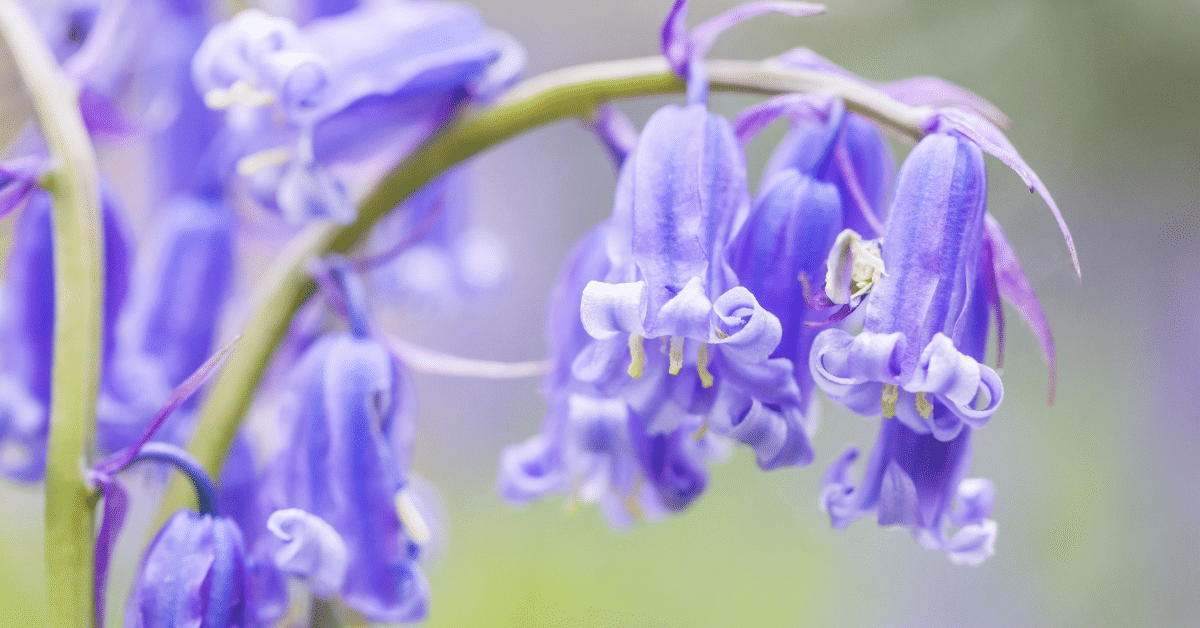
Eating bluebells can cause numbness in the mouth and throat, progressing up through the body with symptoms including heart palpitation.
This may lead to seizures, dizziness, headache, drowsiness, confusion, vision problems, or bluish discoloration on fingers if eaten in larger quantities. Even not as poisonous as other plants, it can still cause digestive upset if ingested.
17. Iris
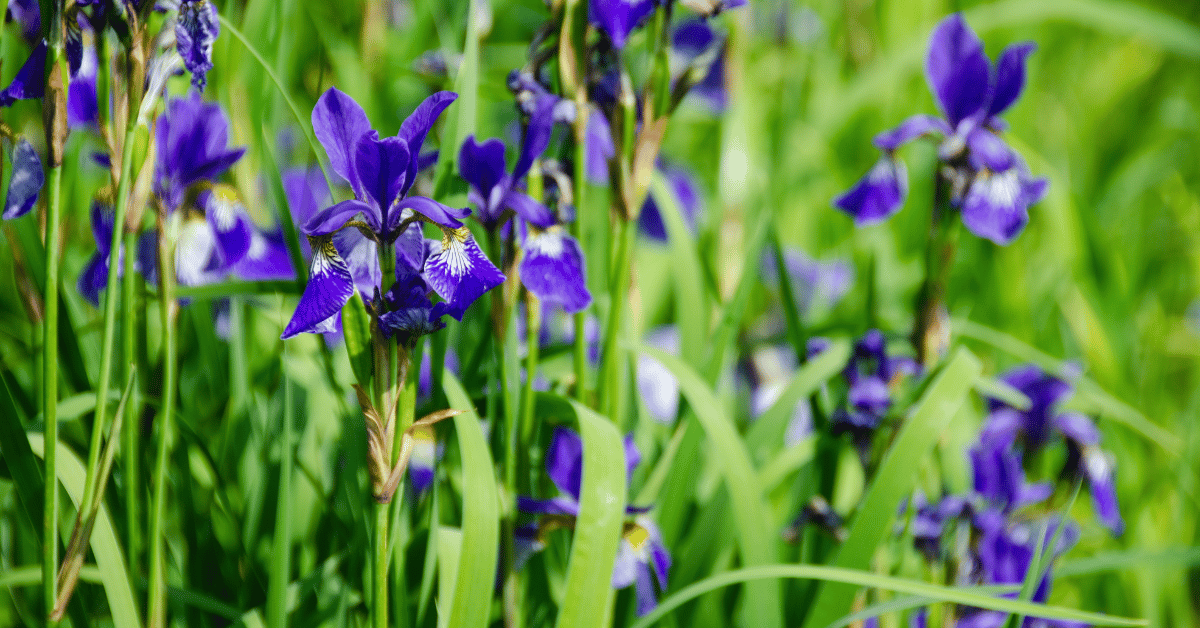
The beautiful and delicate iris is found in nearly 200 different species.
Whether it be the roots, stem bulbs or pollen grains; this flower contains alkaline compounds that can cause problems for both people who suffer from hay fever allergies. It also contains poisonous compounds that are harmful to animals as well.
18. Easter Lily
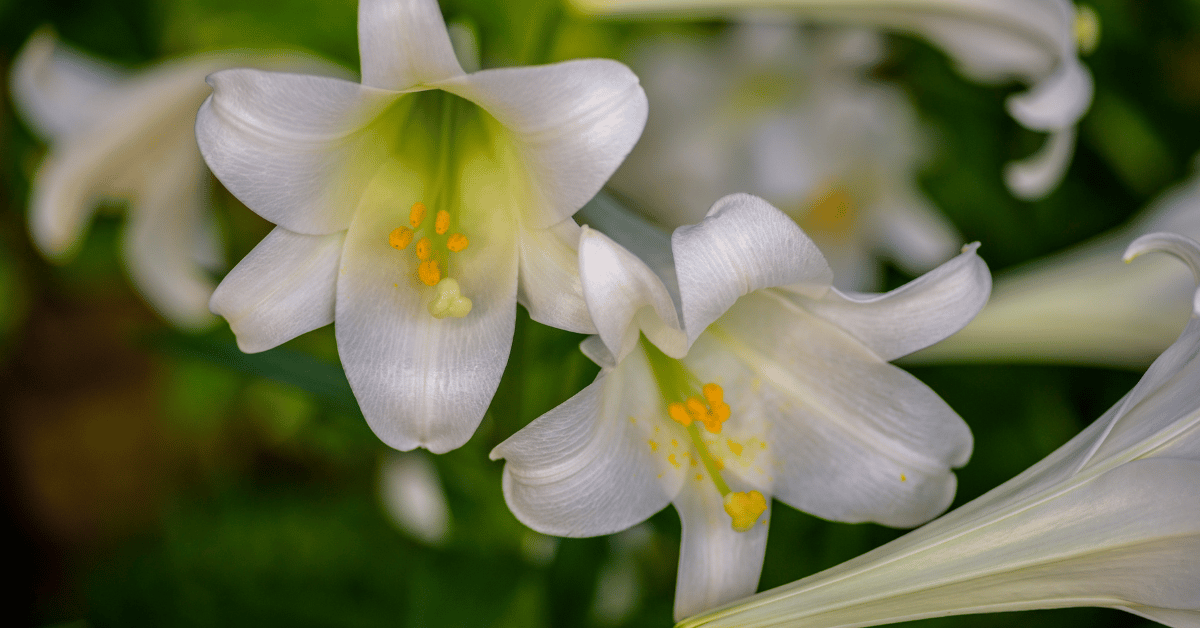
The Easter lily is another holiday plant that can be poisonous to humans and animals alike. If you have a cat or dog who loves eating flowers, then this should serve as an reminder for all of us pet owners – never let them eat any type of this flower!
You can do this by removing this plant from your home, or place it somewhere your pets won’t ever reach it.
The part responsible for creating these harmful effects in our bodies (lycorine) exist inside the beautiful white petals; they’re called “deadly” toxins because swallowing just one handful could cause nausea, vomiting, diarrhea, burning urination among other symptoms so please don’t risk It!
19. The Peace Lily

The peace lily is a beautiful plant, but its white sap can cause you some discomfort if it gets in your eyes or on broken skin.
The poison inside of this flower could even burn out mouth and cause stomach pain and vomiting too!
20. Hemlock

Hemlock is one of the most poisonous flowers. This plant has killed people after they ate its leaves! All parts of hemlock are dangerous, including its roots and seeds which you should definitely keep away from children especially when they want to hang out and experiment in your garden.
Hemlock is a poisonous plant that can cause breathing problems, seizures and even death if ingested. It’s one of the more well known plants you should be wary of – it looks similar to Queen Anne’s Lace but with far worse side effects!
21. Wisteria
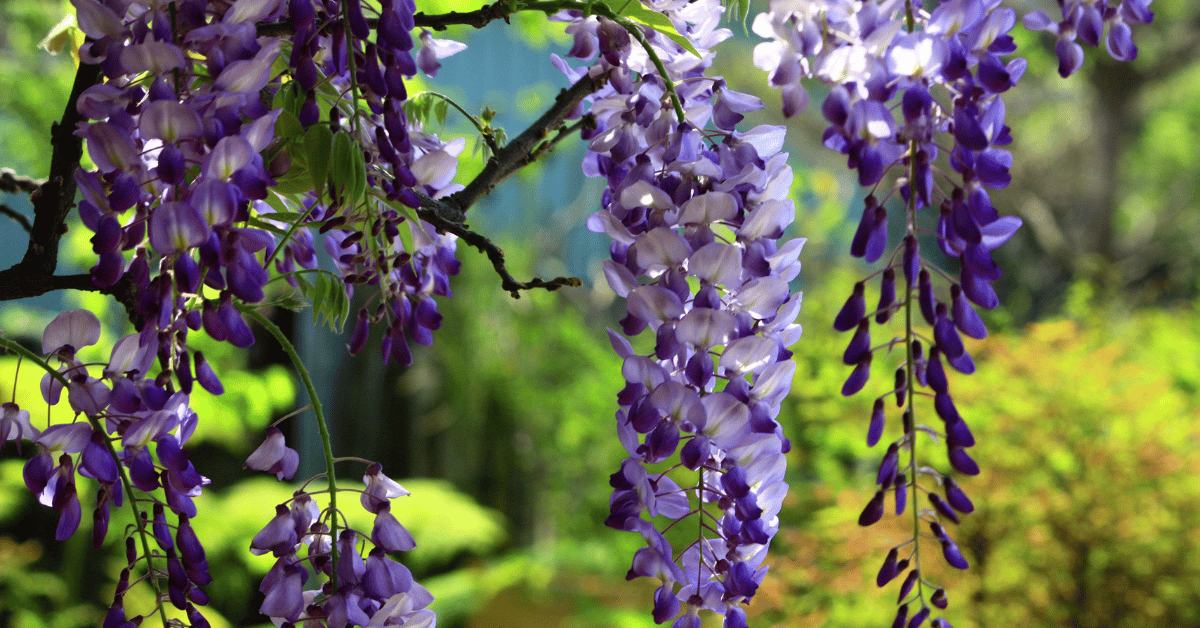
Wisteria flowers are a type of poisonous plant that has been used for ornamental purposes.
The petals and stems contain glycosides, which can cause gastric distress if ingested, as well as skin irritation causing dermatitis in those who come into contact with it.
While these plants aren’t too harmful to humans or livestock on first glance – their most toxic part is actually seeds containing cyanogenic glycoisdses!
22. Coneflowers
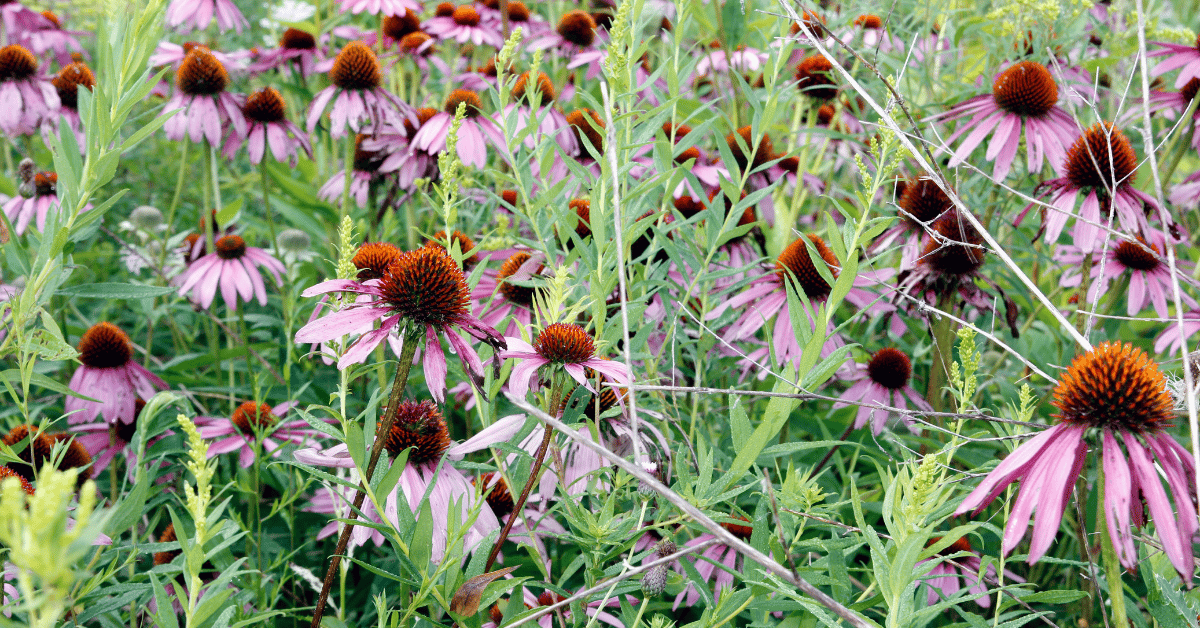
Coneflowers are a great way to add color and beauty in your garden, but be careful when handling them as they contain pyrethrum alkaloids that can irritate the skin upon contact with mucous membranes such as eyes or mouth through dermatitis.
Coneflower can also be poisonous to pets! If your pet comes in contact with the sap of one of these plants and experiences burning sensations or redness on their skin; then they have been poisoned by coneflowers.
So make sure coneflowers are placed somewhere safe where pets won’t be able to reach them.
23. Snowdrops
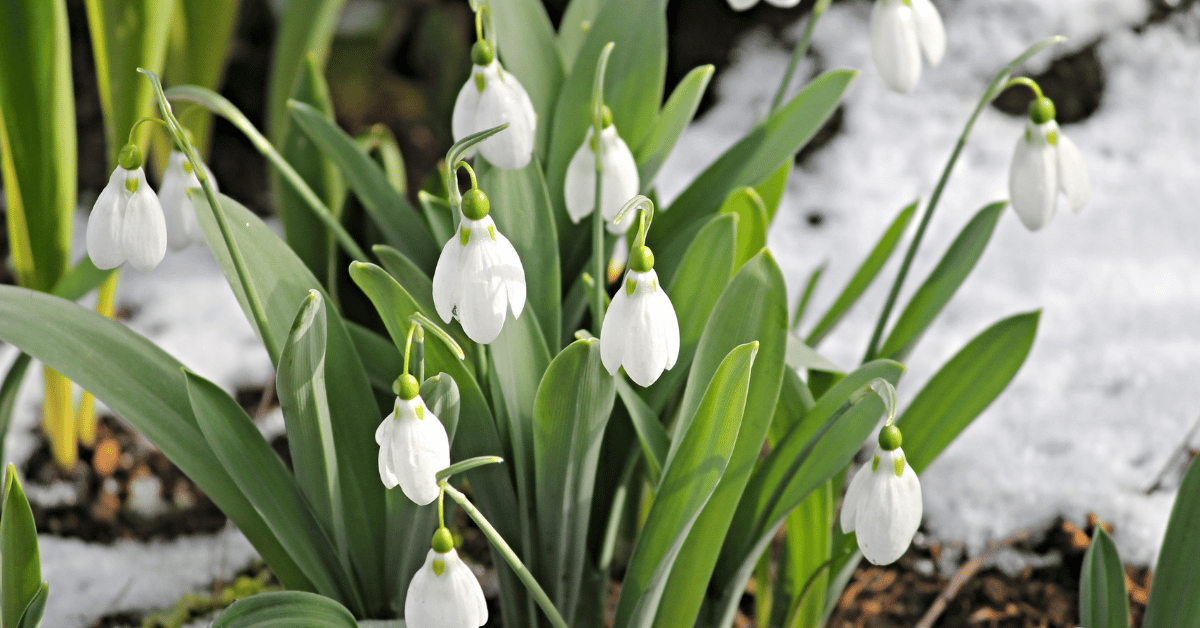
Did you know that snowdrops are also poisonous? Eating any part of this plant will cause vomiting, diarrhea and general gastrointestinal distress. Luckily deer seem to be immune!
24. Cyclamen
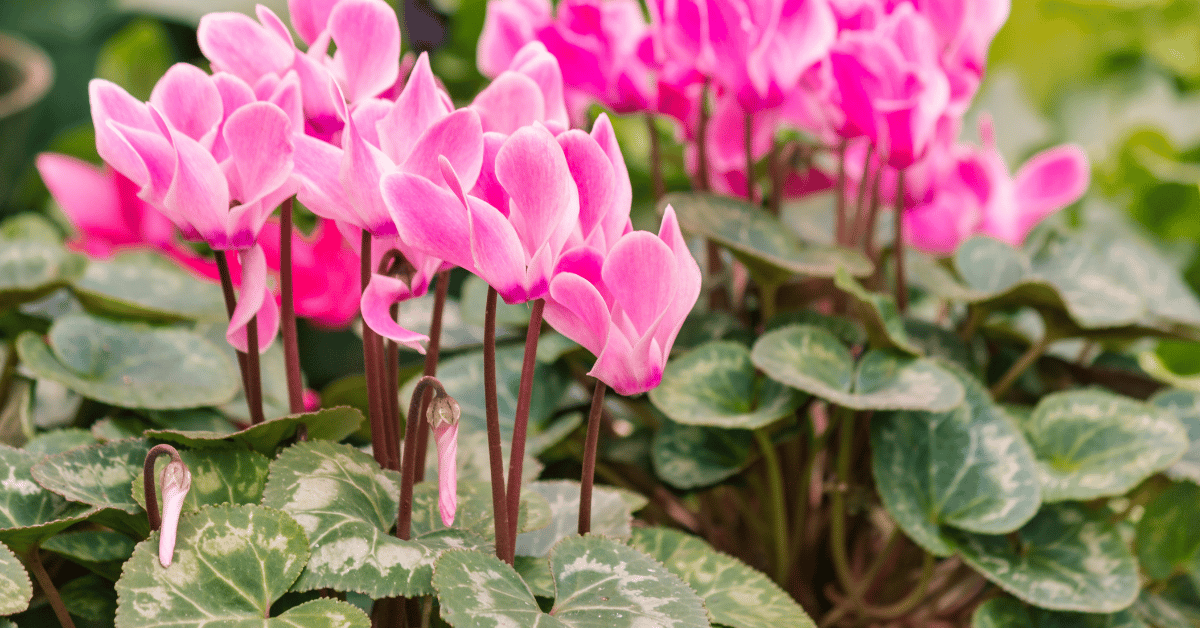
The Cyclamen is a beautiful flower that grows well in colder weather around the holiday season.
The poisonous petals can be hazardous to cats and dogs, but they aren’t fatal if eaten whole by your four-legged friend!
25. Chrysanthemum
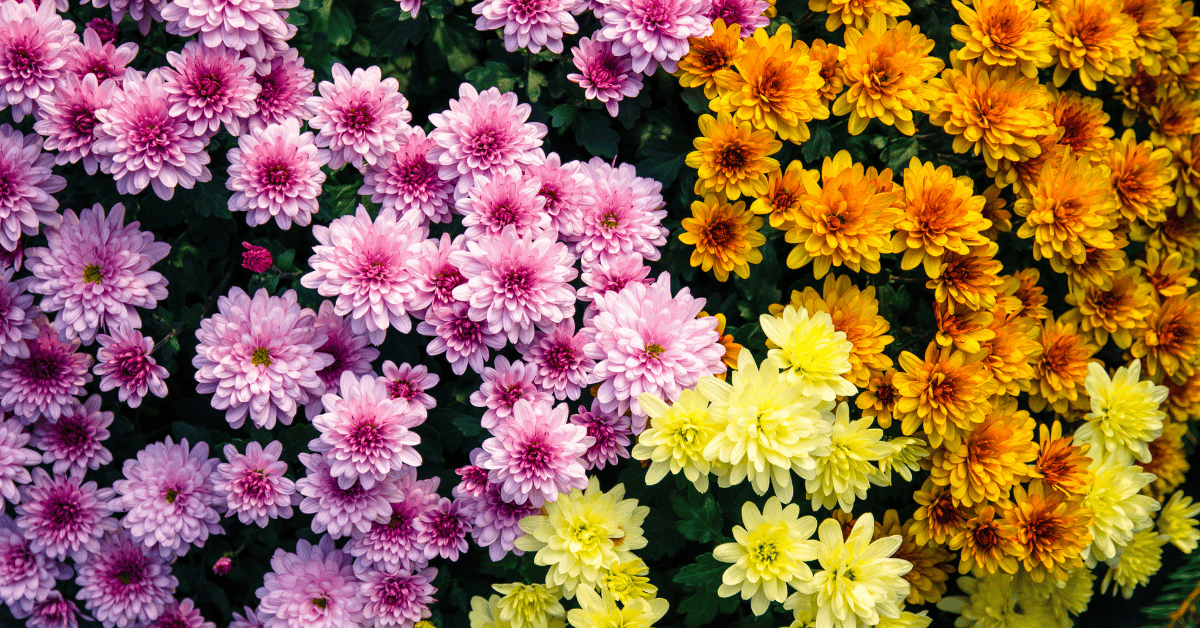
Don’t let the beautiful chrysanthemum fool you; this flower is poisonous and can cause vomiting, diarrhea, nausea or even convulsions.
The bright yellow to orange-red colored plant often used in dried arrangements but only if it has been treated with chemicals that are used to remove all of its toxins!
26. Calla Lily

The calla lily is another flower that can be harmful to people and animals. Calla lilies contain poisonous alkaloids, like calcium oxalate which causes intense burning and swelling in the mouth.
27. Milkweed
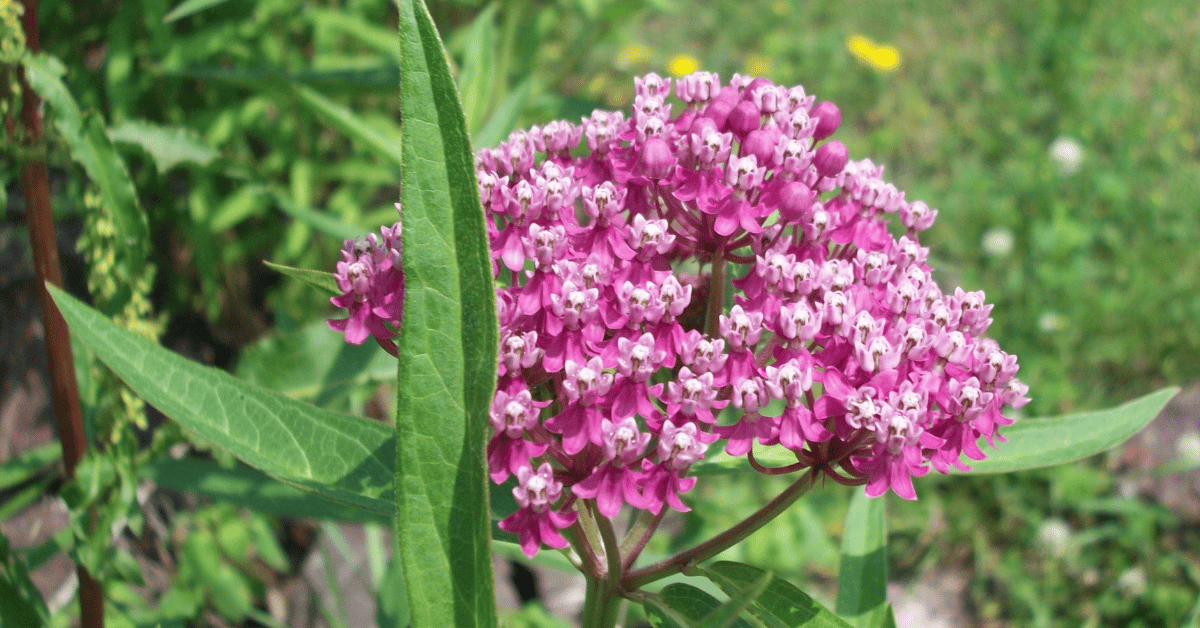
Milkweed contains cardiac glycosides that are harmful to animals and humans. If eaten by an animal or human it can lead to vomiting and diarrhea as well as abdominal pain.
Other common names include silkweed or swamp milkweed. If poisoned, the first aid includes: first, vomiting within the first 30 minutes after ingestion will reduce absorption of the milkweed toxin that caused you to feel sick; second drink water with activated charcoal!
28. Belladonna
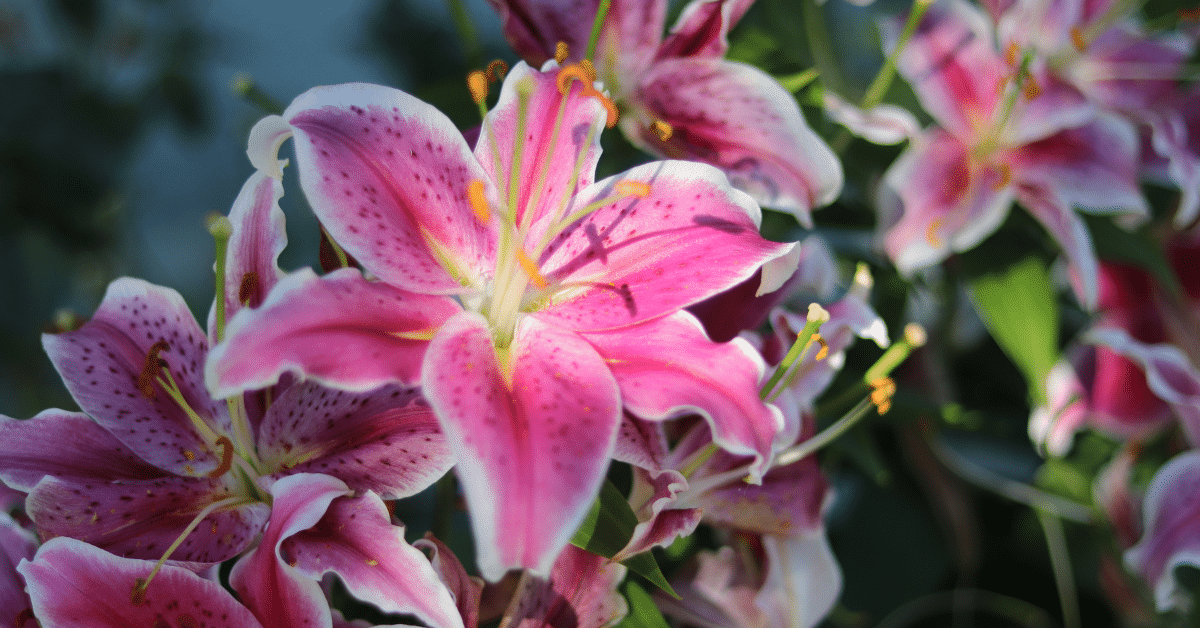
The Belladonna or nightshade plant is extremely poisonous for both humans and pets. Signs include dilated pupils, dry mouth, fever as well as convulsions in children who have come into contact with this type of plant!
It can also cause severe hallucinations in children, so it might be best not to grow this plant where children are usually playing so they don’t come into contact with it.
If your dog has been chewing on any poisonous plants then get them checked out immediately! The sooner treatment starts the better chances there are of survival.
29. Castor Bean
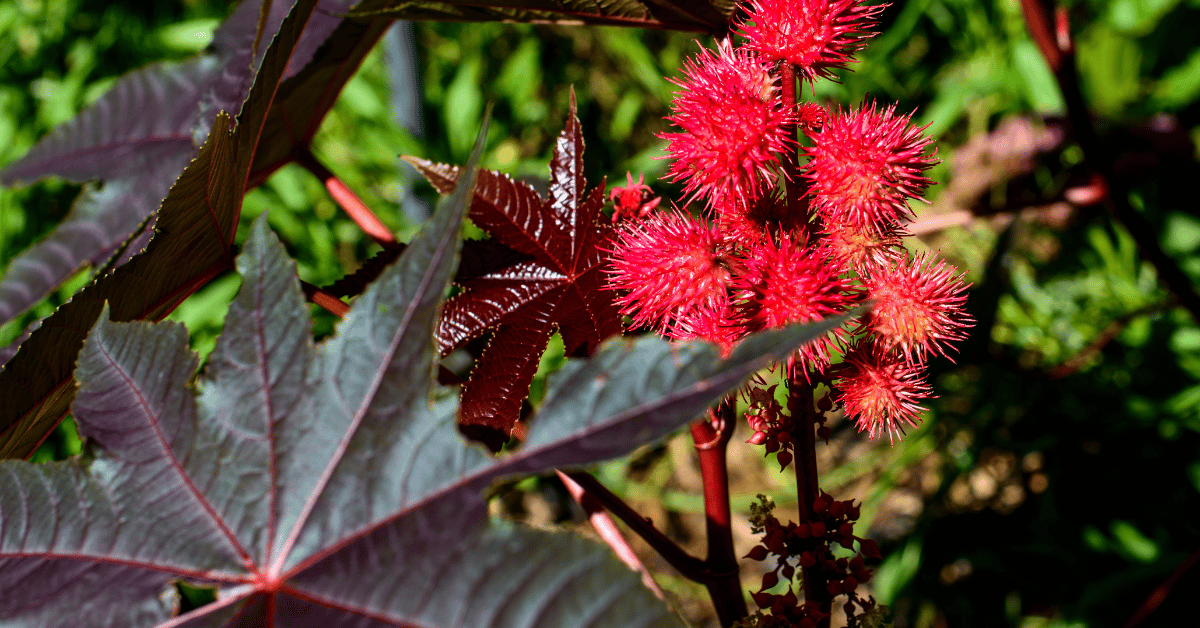
The castor oil plant may be a beautiful and popular ornamental, but it is also dangerous. Just three seeds from the flowering vines can kill an adult human being!
Gardeners should beware when planting near children’s play areas if they know what’s good for their health–the plants are very toxic.
30. Bleeding Heart
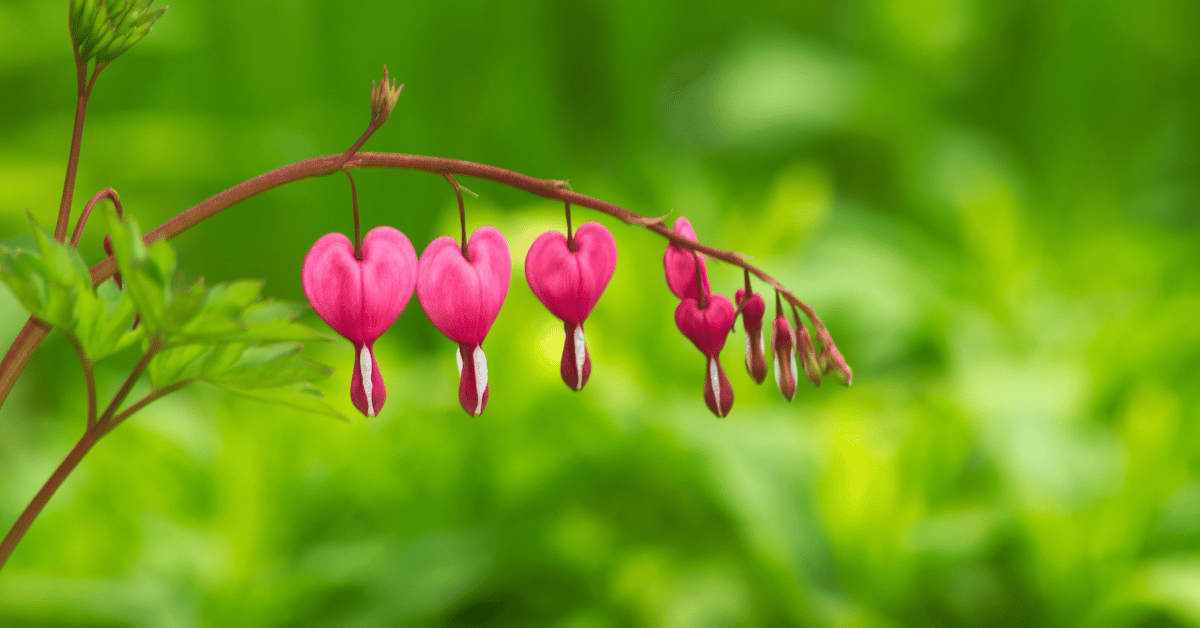
The bleeding heart is a small bush that blooms flowers which look like upside-down hearts. They come in various shades of pink and red, making them perfect for gardens or containers on porches or patios!
The bleeding heart flower is beautiful, but it can cause seizures and other health problems. The flowers are known for their poisonous alkaloids which may lead to heart issues in some people.
What is the Most Deadly Flower?
You are probably thinking…oleander!
Well, the most deadly flower is not the oleander, but rather a type of lily. This deadly plant goes by the name “Nerium Oleandar” and it causes death more often than any other kind!
The lovely Nerium Oleander is known to be one of the most poisonous plants in existence. It’s extremely toxic and can kill you or an animal if ingested by humans, animals, insects – even birds!
Finally, the list of unpleasant features is long, but don’t let it stop you from enjoying these plants in your garden. Many people all around the world grow them anyway and only be mindful where they are when outside or near by pets/children for safety’s sake!



